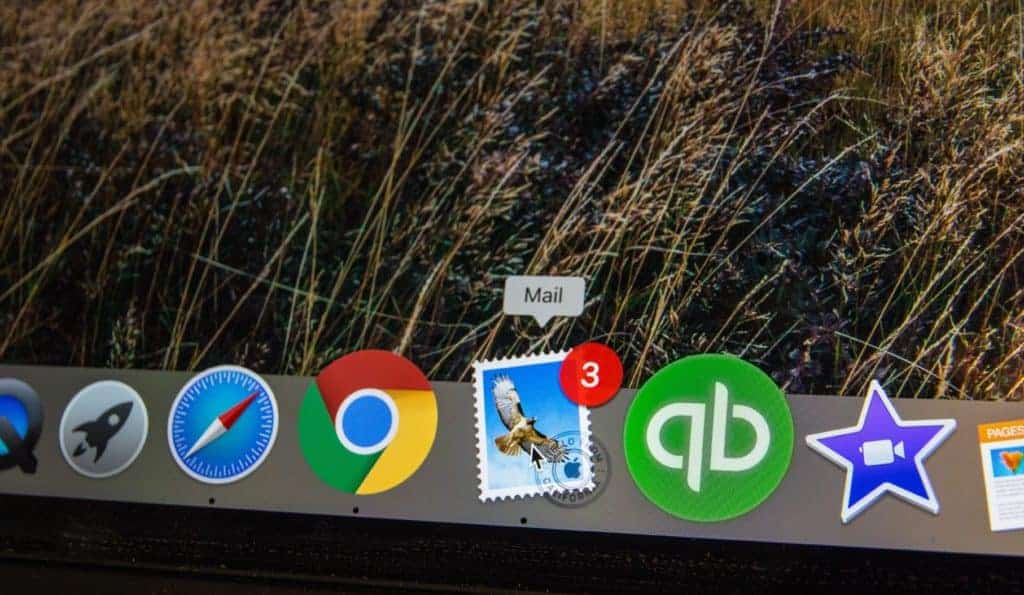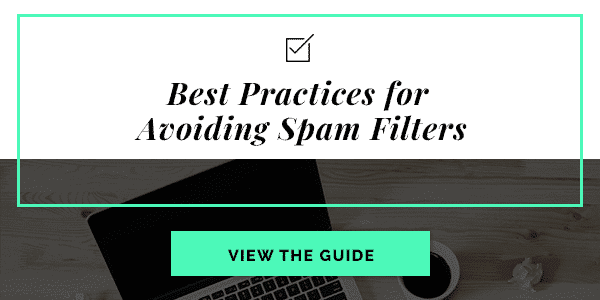Reaching your subscriber's inbox is the first step towards a successful email campaign, yet many marketers still miss a few common best-practices when it comes to ensuring these emails avoid spam filters.
Spam filters work harder than ever to reduce inbox noise and can have a significant impact on your email campaign results, and who they reach. According to Return Path's 2018 Deliverability Benchmark Report, 15% of permission-based emails sent by legitimate email marketers never make it to the inbox. This means, all the resources, effort and marketing strategy directed at creating the perfect email campaign, could potentially, go amiss. Therefore, it is crucial to understand how filters and ISPs work as well as take practical steps to reduce the risk of being flagged and ensure that email hits the recipient's inbox.
Using an email marketing platform also can help you have peace of mind when it comes to avoiding spam filters and boosting your marketing campaign results. In this blog, we walk you through some of the best practices used for avoiding spam filters.
By following this advice, you will not only increase your click-through rate but will also give ISPs a positive signal to ensure your future emails land in the inbox.
Here are 4 best practices to avoid spam filters…
In this article you’ll learn…
Use an authenticated email address
Most marketers know that using a non-authenticated email address will increase the chances of an email landing into the subscriber's spam folder - but checking if it has been validated can be difficult and inefficient when done manually. Sometimes, you will have to double-check with a colleague, look it up on an excel file somewhere or even discuss it with the IT department. Email management software such as Contacts by Launchmetrics can help you by providing a list of authenticated domains to choose from, or, if you opt for a non-authenticated domain, the platform will warn you of the risks. Whether done manually or via software, it’s essential you ensure the domain you choose has the best chances of hitting the inbox and not the spam-box.
Use recognizable email domains
Sending emails from an email address your receivers recognize, decreases the possibilities of your email ending up in the spam folder. According to a study by Convince and Convert, 43% of email recipients will click spam based solely on the info they see in the ‘from’ field, name and email address. People receive tons of emails every day, so they have to choose which ones to open - and they will always open the ones that they recognize rather than generic emails.
Another tip is to try to limit the number of email addresses you use. Spam technology has reputation-based filtering that collects information about the source of IP address and domain.
Changing the source of the emails often will alert ESPs and you may inadvertently be blacklisted. Plus, changing your email address frequently may confuse the receivers and could potentially lead to your emails being marked as spam.
Request that your subscribers whitelist your email address
Even though your email is genuine and worthwhile, unfortunately, there is always the chance that it might end up in the spam folder. Filters are becoming more aggressive than ever; therefore, it is vital to take all the precautionary actions you can to avoid spam filters. Inviting subscribers to whitelist your email domain is a great way to improve your open rate and even conversions.
Adding your domain to the subscriber email list assures spam filters that the address is genuine and will make your emails more visible in your subscribers' primary inbox.
Routinely monitor your subscription list
Organically built lists have higher open rates and receive fewer spam reports. Unfortunately, even if your list organically built, it still risks being branded as spam, if not routinely updated. This is because ISPs (internet service providers) rate the legitimacy of your emails on active subscribers rather than total subscribers. Inactive, incorrect, or expired email addresses can easily create deliverability problems. With an unknown user rate at or above 5%, ISPs are going to classify your email as "suspect," making it harder for you to reach people's inboxes.
By routinely maintaining an accurate subscriber database, you can increase the likelihood that you avoid spam filters. Email management software can also use data to help you identify undesirable email addresses and optimize your subscription list. It will provide details about email delivery response and by analyzing this information, can configure information regarding emails sent successfully but not opened, emails sent as well as failed deliveries.
These metrics can help you identify undesirable email addresses and optimize your subscription list for future campaigns.
So, here’s what you need to remember:
- Spam filters are evolving each passing day.
- ISPs are trying to reduce to a minimum the possibility for a phishing or spam emails to reach your inbox. To ensure all your contents are delivered without ending up in the spam folder, you need to take all the possible precautions.
- Try putting into practice all the tips described in this blog. You should notice a considerable difference in your email deliverability, a higher click-through rate and ultimately more successful email campaigns.
If you want to know more, download our new guide: “Best Practices for Avoiding Spam Filters” which will walk you through a checklist to optimize email deliverability and give you all the tools you need to make sure your emails end up in your subscribers’ inboxes.

